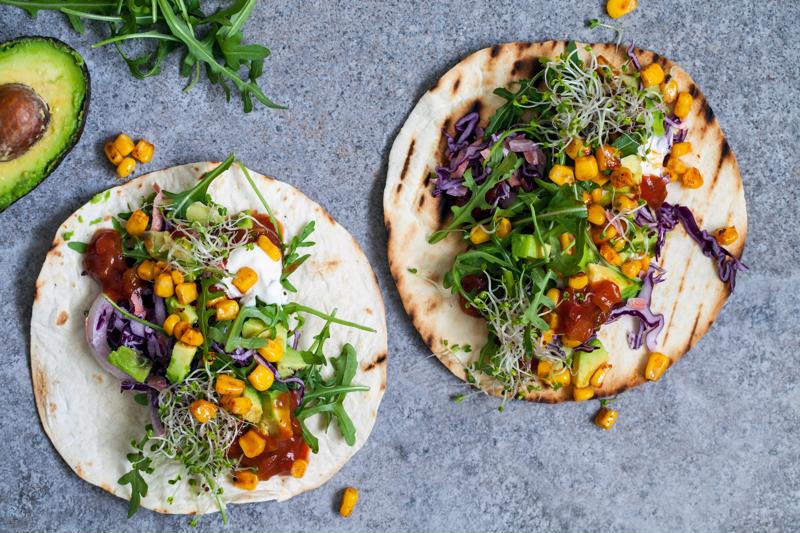Vegan food has been gaining popularity for nearly a decade as consumers become more health-conscious, but also more sensitive to cost and environmental issues. About two-thirds of all people surveyed by Public Health Nutrition reported consuming less of at least one category of meat over three years. Meanwhile, the market for plant-based meat alternatives is exploding, according to Barclays.
That's not all. According to The Economist, a quarter of 25- to 34-year-olds now identify as vegan or vegetarian. What's more, the publication predicted that "2019 will be the year veganism goes mainstream." Culinary students studying in Boulder may already be noticing signs of this happening. Case in point, Denver hosted its first ever "Vegan Restaurant Week" this past May. Elsewhere in the world, Tel Aviv hosted the largest vegan festival to date in June.
To some extent, it's common knowledge that vegan food is more popular than it used to be. But we've reached a tipping point where restaurants that aren't providing vegan options may be ultimately be hurting their bottom line.
The importance of having vegan menu items
In the course of about three years, the number of people who identify as vegan – meaning they consume no animal-based products (including dairy and eggs) – increased by 600%, according to GlobalData. As this market grows, restaurants will be under more pressure to accommodate vegans and vegetarians.
So what, exactly, is the best way to do that? There are some vegans who will refuse to east at restaurants that serve any meat, dairy or other animal products at all. Other vegans are even mindful of the decor. For instance, they may boycott any eatery with leather seating or wool table cloths.
 Vegan cooking can encourage creativity and force chefs outside of their culinary comfort zones.
Vegan cooking can encourage creativity and force chefs outside of their culinary comfort zones.That doesn't necessarily mean you should redecorate, or that you should ban every meat and dairy item from your menu. There are some more radical vegans who may turn away from your restaurant, but choice is of the essence, according to FSR Magazine. Diversifying your menu to incorporate vegan-friendly options can help you appeal to a wider clientele without alienating your non-vegan customers. It's important to consider your target audience, and build your menu around that. Unless your intention is to completely shift to a vegan restaurant, it's worth keeping non-vegan dishes on the menu. Your goal will ideally be to make a vegan-friendly menu, as opposed to a vegan-only menu.
Simply put, as plant-based meat options become mainstream, restaurants will have greater incentive to offer dishes that use no animal products in sourcing or preparation.
Crafting your vegan-friendly menu
Creating a vegan-friendly menu takes a little bit of resourcefulness and creativity. You can try to build off existing dishes by using meat substitutes such as tofu, tempeh, seitan, mushrooms or even jackfruit. Cutting the cheese, so to speak, may be a little bit more challenging, and will likely force you to look to foreign cuisines for inspiration.
Many East Asian cuisines, for example, such as Chinese, Japanese, Thai and Vietnamese rarely use cheese as an ingredient. Other sources of inspiration for dairy-free foods can come from various African cooking traditions, such as West and North African dishes. For when you can't cook around the milk and cheese, there are plenty of vegan alternatives, such as almond milk and tofu-based, vegan cheese substitutes.
We encourage you be a bit more innovating than simply using vegan substitute products in place of the real thing. For example, you can create a vegan mac and cheese recipe, like this one from Detoxinista, using nutritional yeast (to emulate the cheese flavor) and cashews for the sauce.
At the end of the day, cooking without animal products can lead to some of your finest culinary creations. Vegan cooking is just one of many ways students in Boulder will learn to broaden their knowledge and skills in the culinary arts.

